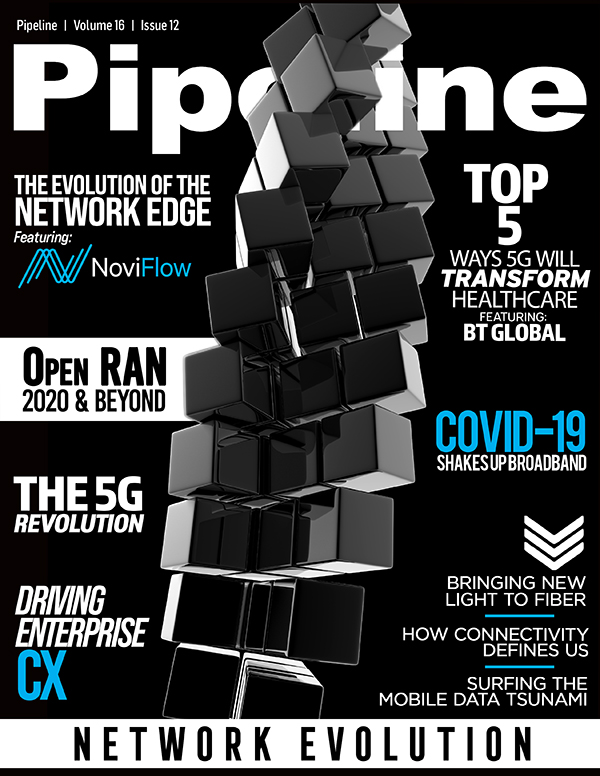Driving Better Enterprise CX with Network Automation
Simulation
Consider how valuable it would be to gain the ability to conduct simulated failover scenarios to determine the trickle-down effect if a particular node fails—and how this can occur in real-time vs. waiting for a maintenance window.
Latency
Automatically having the network choose the path with the lowest latency can enable the service provider to offer SLAs and cultivate VIP clients.
Visibility
Increasing visibility into the network can solve potential problems before they occur.
CX
Allowing engineers to offload repetitive tasks that are often subject to human error enables them to focus on delivering the best customer experience possible—and to do so consistently. This not only avoids issues with manual intervention such as poor data entry but also improves employee satisfaction.
This is all achievable with network automation when it’s backed by technologies such as software-defined networking (SDN). Service providers need a performance level that is understandable and repeatable, and SDN allows the automation tools to provide complete control and confidence—and underlying metrics—to show what happened when an issue occurred and how it was fixed. SDN can control network routing and switching through a single pane of glass to consistently deliver the best path through a network, reducing latency and enhancing the customer experience. As transport paths are not always predictable, SDN route controllers enable service providers to navigate the millions of routes to create the best path, giving customers a local network feel on a worldwide scale.
Enterprise benefits
When a service provider utilizes network automation tools, there are inherent benefits for their enterprise customers. For enterprises, it’s all about making sure their most critical applications are available with five 9s reliability. Consider these common applications.
Real-time replication
Business continuity is key for companies that thanks to the COVID-19 pandemic are now well-aware of how their businesses can be disrupted at a moment’s notice. Many have implemented a system with two databases that reside at two separate data centers that replicate the data from one to the other in real time. Complete reliability with diverse backup capabilities is incredibly important because if there is a failure in one or both databases, a minute of downtime could cost larger businesses millions of dollars in lost revenue. With automation tools, if an outage or issue occurs, the service provider can immediately pinpoint what happened, where it happened and how it was resolved. Often, the service provider and enterprise may not even know there was an issue because automation identified the issue and “self-healed” to resolve it before traditional notification methods would have alerted a human.
Video
If enterprises weren’t using video before COVID-19 sent workforces home, they are today. And it’s not just the work-from-home crowd that’s utilizing Zoom or other videoconferencing tools. Some video use is coming from marketing departments: with the demise of trade shows, they are utilizing website video and webinars to help spur sales. And with travel restricted, many board meetings and quarterly earnings calls are also being held via video conferencing. Automation in the network can provide the route with the lowest latency, delivering an optimum user experience for video.



















